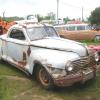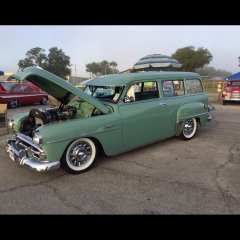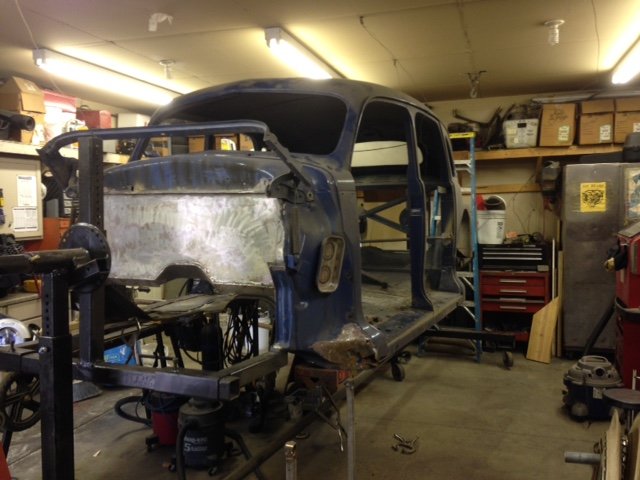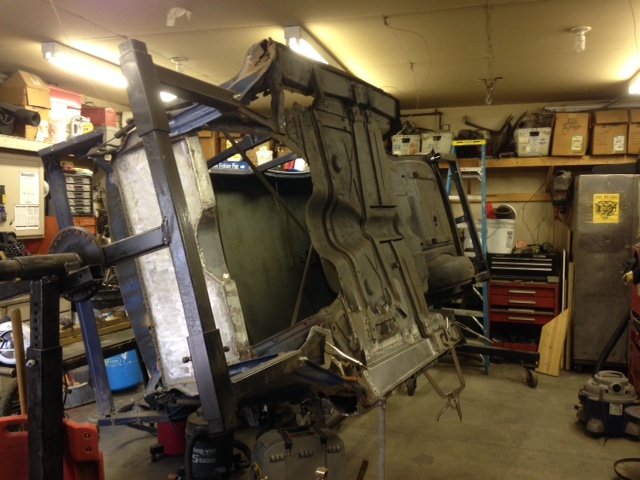Forget the high compression. It is not compatible with the crap gas you are likely to buy in remote areas. Also,you won't need more horsepower or torque than a well-build 230-265 will provide you with the proper gearing. I am GUESSING there will be very few,if any,areas where you will be able to reach speeds higher than 75 MPH,especially is a antique car long distance race over a lot of poor roads that is restricted to antique cars. If you are allowed to adapt a modern 5 speed or a period 3 speed with overdrive transmission,pick a final drive gear ratio that will allow you to pull the steepest grades at the maximum speeds you are likely to be able to safely drive up them,and you will be good to go. Factor in the overdrive for the top speed on the flat and improved roads you will drive,as well as the engine torque and hp to make sure you will have enough power to pull a final gear ratio in overdrive at those RPM's. Here is where you need to do some serious research as to cam lift and duration,as well as compression ratios. As well as some serious research into the quality,composition,and octane ratings of the gas you will be using. If it is allowable according to the rules,take along a LOT of octane booster and gas treatment for water,as well as inline gas filters.
I can't think of anyone better to ask about these questions that the these guys. If they don't know the answers to any questions you might have about building a flat 6 Mopar for competition,I don't know who would be. Yeah,they race flat 4's,but all flathead inline engines have the same limitations and potential capabilities. BTW,I have no idea why this is all underlined,and it pisses me off.
If there are specific issues they can't help you with,I am sure they will know who to tell you to contact.
http://www.fastfourspecial.com/the-story.html
If they don't respond,look at the list of participants of this annual American road race and email the ones you see who drive the old Dodges and Plymouths. Yeah,the roads and probably the gas quality is better,but it's still a long-distance reliabality race using antique cars.
http://www.greatrace.com/history
Good luck to you!








